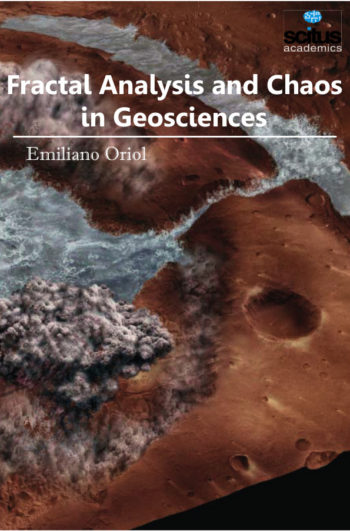Geophysics is broadly the study of the physics of planetary bodies and atmospheres, including the flow of energy through these systems. We have seen a remarkable quarter-century of technological expansion in geophysical methods and this growth is continuing. Geophysical observations are fundamental to our understanding of the Earth and how it works for and against us. For example, motion in the Earth’s deep core gives rise to our magnetic field, which protects us from harmful solar radiation. Earthquakes and volcanic eruptions, on the other hand, have the ability destroy on a terrible scale. Geophysics is also fundamental to the needs of society – it is essential for exploring for energy, water, and mineral resources, monitoring environmental impact and change and assessing natural and manmade hazards. The use of geophysical methods in petroleum exploration continues to expand and is an integral discipline in the discovery and production of oil and gas deposits. Similarly, the geodetic infrastructure provides the foundation for numerous applications with broad societal and commercial impact, from early warning systems for hazards to intelligent transportation systems. Over time, the precision and timeliness of these applications has improved, with operational applications now routinely working at accuracies only recently achievable, while the scientific applications are approaching the part-per-billion accuracy level and near-real-time operations.
This book encompasses the topics of the major sciences – physics, astronomy, planetary science, geology, environmental science, oceanography, meteorology, and scientific problems of geodesy. It presents on theoretical or modeling studies, and on results of experiments and interpretations. This will be of immense interest for students, researchers as well as scientists from different disciplines as geophysicists, including seismologists, meteorologists, glaciologists, geomagnetists and geodesists.













